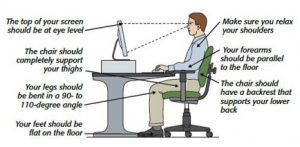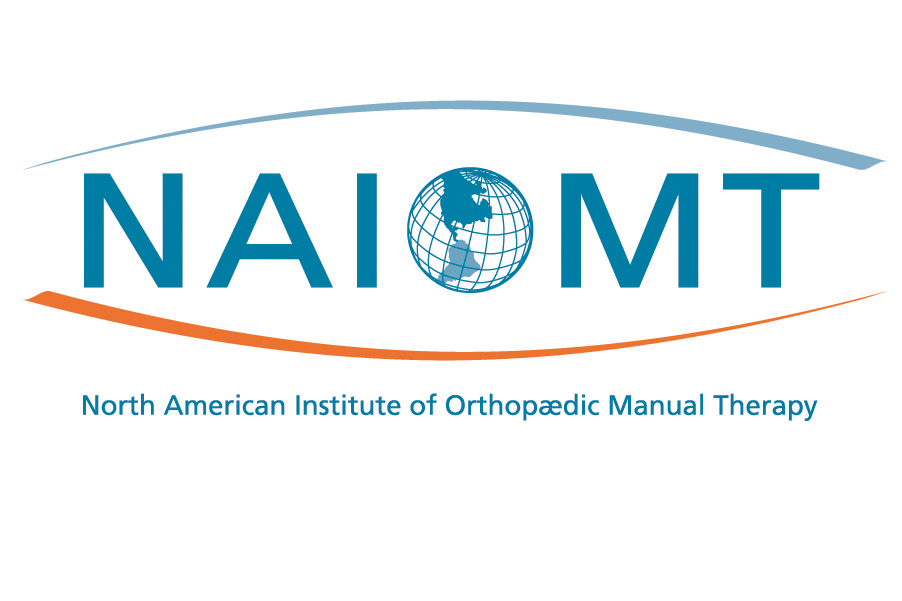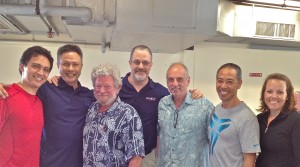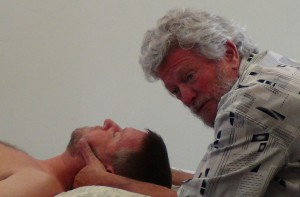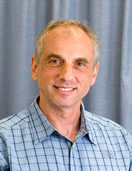HOW IS YOUR POSTURE?
Tami Patrick, a Physical Therapy student from Andrews University spent 8 weeks with our therapists in the Kailua clinic learning and working with patients in an orthopedic outpatient setting. While with us, she gave an inservice to the staff on POSTURE. Her presentation definitely reminded us to sit properly and stand correctly as we go about our daily activities.
What is Posture?
- Posture: a position of a person’s body when standing or sitting.
Who cares?
- Good posture contributes to good appearance; the person with good posture projects poise, confidence, and dignity.
- The discs between the spinal segments become less resilient and give in more readily to external forces, such as gravity and body weight. 45 degrees of cervical flexion doubles the weight your neck has to carry!
- Muscles become less flexible and weaker.
- In addition, poor posture can affect the position and function of your vital organs, particularly those in the abdominal region. You can imagine as you compress your organs they lose blood flow slowly but over time will give you some organ dysfunction. Constipation anyone?
Why am I like this??
- Ligaments: We hang out on our ligaments when our muscles get tired, putting us in a “slouched” position.
- Lifestyles usually become more sedentary. Sitting at work or school for long periods of time shortens various muscles, which results in the body being pulled into poor postural positions, and stretches and weakens other muscles, which allows the body to slump.
What is ideal posture?
- Ideal standing plumb line posture: bisects the ear, bisects the shoulder joint, runs down the bodies of the lumbar vertebrae, bisects the greater trochanter of the femur, runs just behind the center of the knee, runs just in front of the center of the ankle.
- In this alignment the abdominal and hip extensors and the lumbar and hip flexor muscles are in perfect opposition to one another. The former group tilting the pelvis posteriorly (to the back) and the latter tilting it anteriorly (to the the front) resulting in a neutral pelvic position. According to Kendall and Kendall, muscles are most relaxed and less contracted in the ideal posture.
Exercises
Standing:
- Stand with back against a wall, heels about 3” from the wall and feet about 6” apart weight evenly distributed.
- Place arms at sides, palms forward
- Keep ankles straight and knees facing forward
- Keep low back close to the wall
- Straighten the upper back, lifting the chest and bringing shoulders back against the wall
- Bring head back to touch the wall while keeping the chin tucked in
- Pull up and in with the muscles in the lower abdomen, trying to flatten the abdomen
- Hold for 10 seconds breathing normally
- Relax and repeat 3 to 4 times
- Perform 3 times a day for optimum results
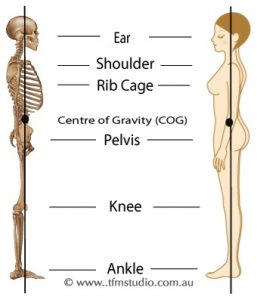
Sitting:
- Sit in a straight back armless chair, with both feet flat on the floor and back resting against the chair
- Place arms at your sides, palms forward
- Straighten the upper back, lifting the chest
- Bring shoulders back against the chair
- Hold the head erect
- Pull up and in with the muscles in the lower abdomen, trying to flatten the abdomen
- Hold position for about 10 seconds, breathing normally and keeping the rest of the body relaxed
- Relax your abdominal muscles and repeat 3 to 4 times
- Repeat entire exercise at least 3 times a day
Tips
- Sit with back firmly against chair, with chair low enough so feet are on the floor with knees slightly higher than hips
- Keep your head up and avoid leaning forward: by keeping your chair close in to the desk you can help maintain this position.
- Sleep on a firm mattress and use a pillow under your head just big enough to maintain the normal cervical—neck—curve. Avoid use of over- sized or several pillows.
- Exercise regularly; exercise promotes strong and flexible muscles that keep you upright in a proper postural position.


